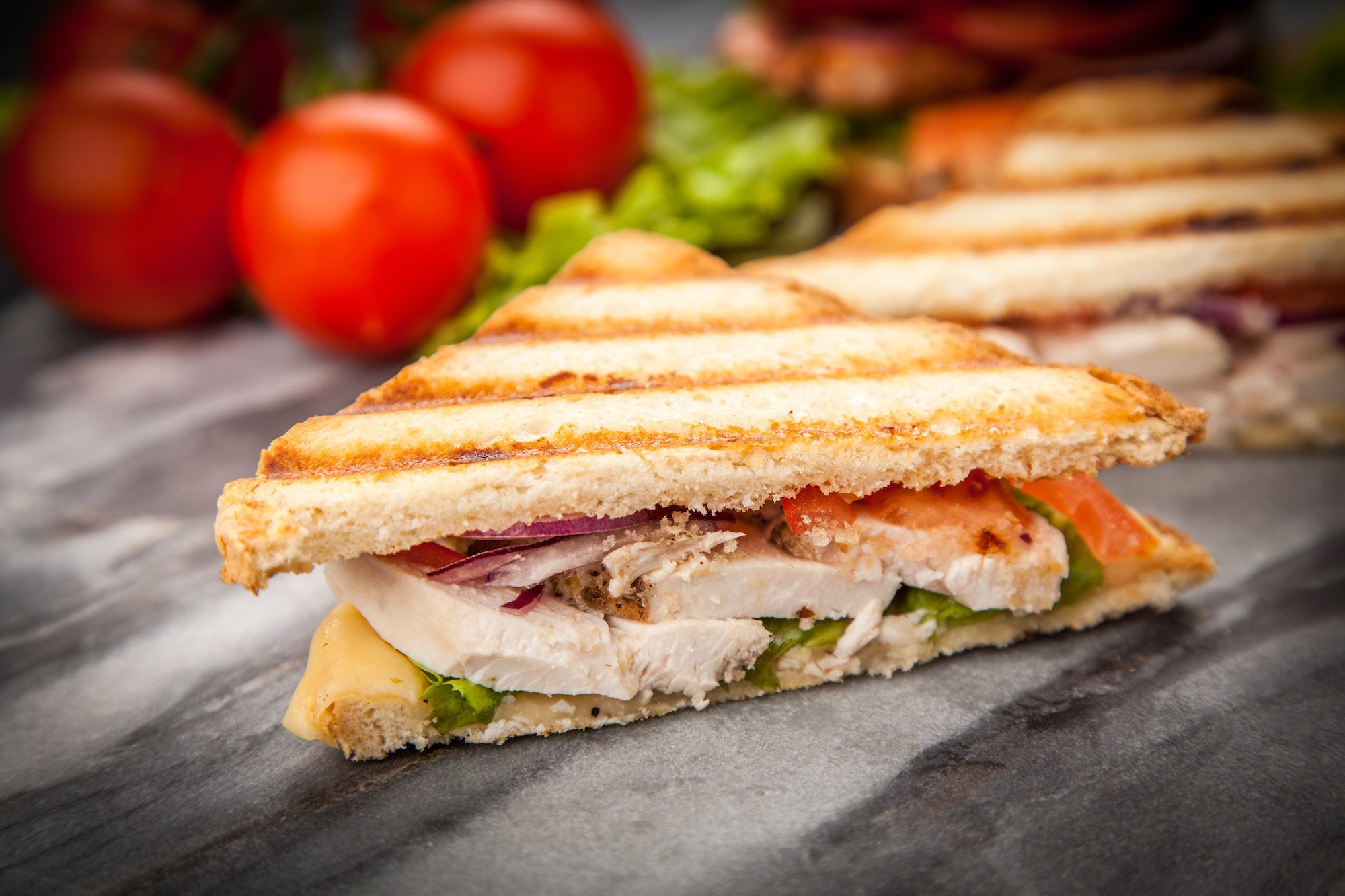
Love em or hate em, chicken sandwiches are everywhere. But do you know exactly what’s in them? From salads to wraps and burgers, it can be hard to tell which type of sandwich is the most nutritious. Well, buckle up folks because we’re diving deep into an intriguing exploration of 19 chicken sandwich nutrition facts! You can bet there will be both surprises and delicious revelations along the way for all you diehard fans of this classic comfort food. Keep reading so that you can make informed decisions as you venture into uncharted poultry-filled territory!
Caloric Content
Depending on the recipe, a typical chicken sandwich can range from 300-500 calories. Factors such as the type of bread, the amount and type of chicken, and the addition of sauces or other toppings can significantly influence the calorie count.
Protein
Chicken is a lean protein source, and a chicken sandwich can deliver a substantial amount of this nutrient. Depending on the size and type of chicken used, a sandwich can offer around 20-30 grams of protein.
Carbohydrates
The bread in a chicken sandwich is a primary source of carbohydrates. A sandwich made with two slices of whole-grain bread can provide about 30-40 grams of carbs.
Fats
The fat content in a chicken sandwich can vary greatly. Grilled chicken and veggies on whole grain bread can be a low-fat option, while a fried chicken sandwich with mayo and cheese will be higher in fat.
Dietary Fiber
Whole grain bread and the addition of vegetables can increase a chicken sandwich’s fiber content. This nutrient aids digestion and helps maintain a feeling of fullness.
Sodium
Chicken sandwiches can be high in sodium, especially when condiments, cheeses, or processed meats are added. Opting for low-sodium ingredients can help keep sodium levels in check.

Calcium
If your chicken sandwich includes cheese, it can be a good source of calcium, a nutrient important for bone health.
Iron
Both chicken and whole-grain bread provide iron, a mineral that helps your body create red blood cells.
Vitamins
A chicken sandwich can offer various vitamins, including vitamin B6 from the chicken, and other B vitamins from whole grain bread. Adding vegetables can provide vitamins A, C, and K.
The Healthier Twist: Grilled Chicken Sandwich
Opting for a grilled chicken sandwich instead of a fried one can significantly reduce the fat and calorie content, making it a healthier option.
Opting for Whole Grains
Choosing whole-grain bread for your chicken sandwich increases the fiber content and adds a variety of essential nutrients.
The Veggie Factor
Adding vegetables to your chicken sandwich not only enhances the flavor but also ups the fiber, vitamin, and mineral content.
The Role of Sauces
The type and amount of sauce you use can significantly impact a chicken sandwich’s nutritional profile. Creamy sauces tend to be high in fat and calories, while mustard or vinegar-based sauces are usually lower.

Cheese Choices
The type of cheese used in a chicken sandwich can affect its nutritional value. For instance, cheddar cheese has more calories than mozzarella.
Impact of Portion Sizes
The size of the chicken sandwich plays a significant role in its nutritional profile. Larger sandwiches pack in more calories, fat, and sodium.
Chicken Type
The part of the chicken used in the sandwich matters. White meat, like chicken breast, is leaner and higher in protein compared to darker meat cuts.
Bread Choices
From white to whole-grain to gluten-free, the type of bread used significantly impacts the sandwich’s nutritional value.
Homemade vs. Store-Bought
As with many foods, a homemade chicken sandwich allows you to control the ingredients and portion sizes, often making it a healthier choice than store-bought or restaurant versions.
Balance and Moderation
A chicken sandwich can be part of a balanced diet when consumed in moderation. Pairing it with a side of veggies or a salad can create a well-rounded meal.
Conclusion
To keep it simple, depending on what type of chicken sandwich you’re looking for, make sure to read your labels and choose wisely. Chicken sandwiches are undoubtedly a fast food favorite, but they don’t always have the healthiest nutrition facts. From fried delights to a healthier take with grilled fare, remember that each chicken sandwich can be unique. So if you want a juicy option without the guilt, always opt for lean proteins such as grilled chicken and low-calorie condiments like mustard or salsa.
Armed with this info and all the nitty gritty details we unraveled here today, now you can confidently give into those delicious cravings! Now dig into those zesty little numbers with confidence knowing that your discoveries here have become your ultimate guide to a classic all-American delight.
Was this page helpful?
Our commitment to delivering trustworthy and engaging content is at the heart of what we do. Each fact on our site is contributed by real users like you, bringing a wealth of diverse insights and information. To ensure the highest standards of accuracy and reliability, our dedicated editors meticulously review each submission. This process guarantees that the facts we share are not only fascinating but also credible. Trust in our commitment to quality and authenticity as you explore and learn with us.


